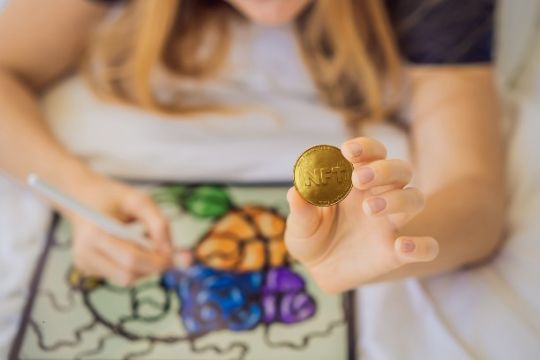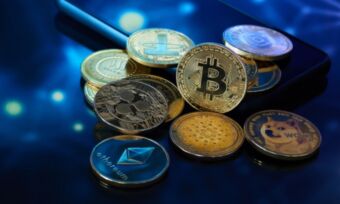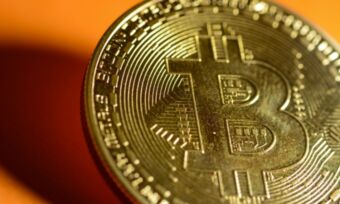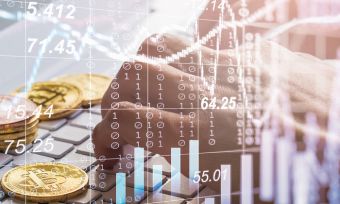10 NFT terms you need to understand before getting started

As an exciting asset in the digital space, non-fungible tokens (NFTs) have taken the world by storm.
While many seasoned enthusiasts generally understand the lingo that comes with investing in NFTs, rookies can get confused when random terms get thrown around.
If you are thinking of buying or selling NFTs, here are a few terms they should be accustomed with.
What are NFTs?
The first term to get across is NFT. An acronym for non-fungible token, an NFT is a digital certificate of authenticity that uses blockchain technology to prove ownership and scarcity of digital assets. ‘Non-fungible’ means that unlike regular money or cryptocurrency, the certificates can’t be replaced by a different, identical item.
On the other hand, much like traditional cryptoassets, NFTs are stored in digital wallets which allow them to remain secure.
1. Project
A project represents a collection of digital assets belonging to the same family or series. The NFTs within these projects can be bought and sold on trusted third party websites using cryptocurrency.
If you look at any NFT project, you can see the similarities when it comes to the overall design and style of the digital artworks. They may not be identical, but it is clear that they were designed by the same creator.
2. Airdrop
Airdrop is a practice used by NFT creators to promote a new or existing project by providing NFT owners with bonuses and free collectables, which are sent to the owner’s wallet. This not only rewards current holders of the project, but it can help to increase a user base and build loyalty.
One of the most popular NFT Airdrops was the ‘Mutant Serum’, launched by the team behind Bored Ape Yacht Club (BAYC). The Mutant Serum allowed holders of BAYC NFT to claim a Mutant Ape Yacht Club (MAYC) NFT currently at a floor price over $45,000.
3. Drop
A drop means to launch or release a new NFT project. When dropped, unless specifically restricted, an NFT project becomes publicly available to mint. Once minted, trading in the secondary market at the “floor price” (see meaning below) will become available.
Related article: What is OpenSea and how to use it?
4. Minting
Minting is the process through which digital files are converted into NFTs on the blockchain. This process allows anyone to create their own one-for-one NFTs from their personal files to preserve, trade, or sell on popular NFT exchanges and marketplaces.
Once minting is available, investors are able to enter the project at the ground level, allowing investors to get in at an initial low price.
Related article: How to make an NFT in 3 easy steps
5. Flip
When an investor buys and sells an NFT quickly, the transaction is known as a flip. It’s important to note that quickly doesn’t have to mean within a few minutes, instead it can also be a few days from the original purchase.
Investors often decide to flip an NFT to make a quick profit on a project that is currently in high demand and experiencing a fast growth in value.
6. Floor price
The floor price is the lowest price an NFT in a project can be purchased. The floor price changes based on customers buying and selling NFTs within the project and is one of the most popular metrics used for tracking the performance of an NFT project over time.
7. Whitelist
A whitelist is a list of people who are guaranteed early access to mint an NFT project at a specific date and period of time.
Those interested in an NFT project have the option to sign-up prior to the drop date if they meet the project’s specific eligibility requirements. In some rare cases, people who join whitelists have had the opportunity to get an NFT for an early bird price or for free.
8. Gas
Gas refers to the fee you pay to complete an NFT transaction on a blockchain such as Ethereum. These fees are used to pay people who operate the computers that process and validate these transactions. The gas fee is determined by the congestion and demand on the network at the time of the NFT transaction. This means that during periods of high network activity and demand, higher gas fees will be incurred.
9. Diamond hands
A person with diamond hands is renowned for holding onto an NFT (or asset) through spells of high volatility, negative news, or poor market sentiment.
On the flip side, there is also another term called paper hands, which refers to someone who sells or flips their NFTs too soon, without opting to hold onto them for the long term.
10. Burn
Burn is a term used for the process of removing or eliminating an NFT from circulation. When an NFT is burnt, it is sent to an inaccessible address and removed from circulation.
Should you invest in NFTs?
Whether or not you should buy an NFT comes down to your own personal circumstances and reasons behind your potential purchase. If you are buying an NFT as a collector and are genuinely interested in being the owner of a particular digital item, you may not need to think so much about the potential resale value. However, buying an NFT as an investor is a lot more risky. Just like any investment there is no guarantee that you will make a return, particularly with NFTs where, just like artwork, the value is subjective.
If you do decide to place a bid on an NFT it is best not to spend more than you can comfortably afford to lose.
Header image: Elizaveta Galitckaia/Shutterstock.com
This article was reviewed by our Content Producer Marissa Hayden before it was updated, as part of our fact-checking process.






